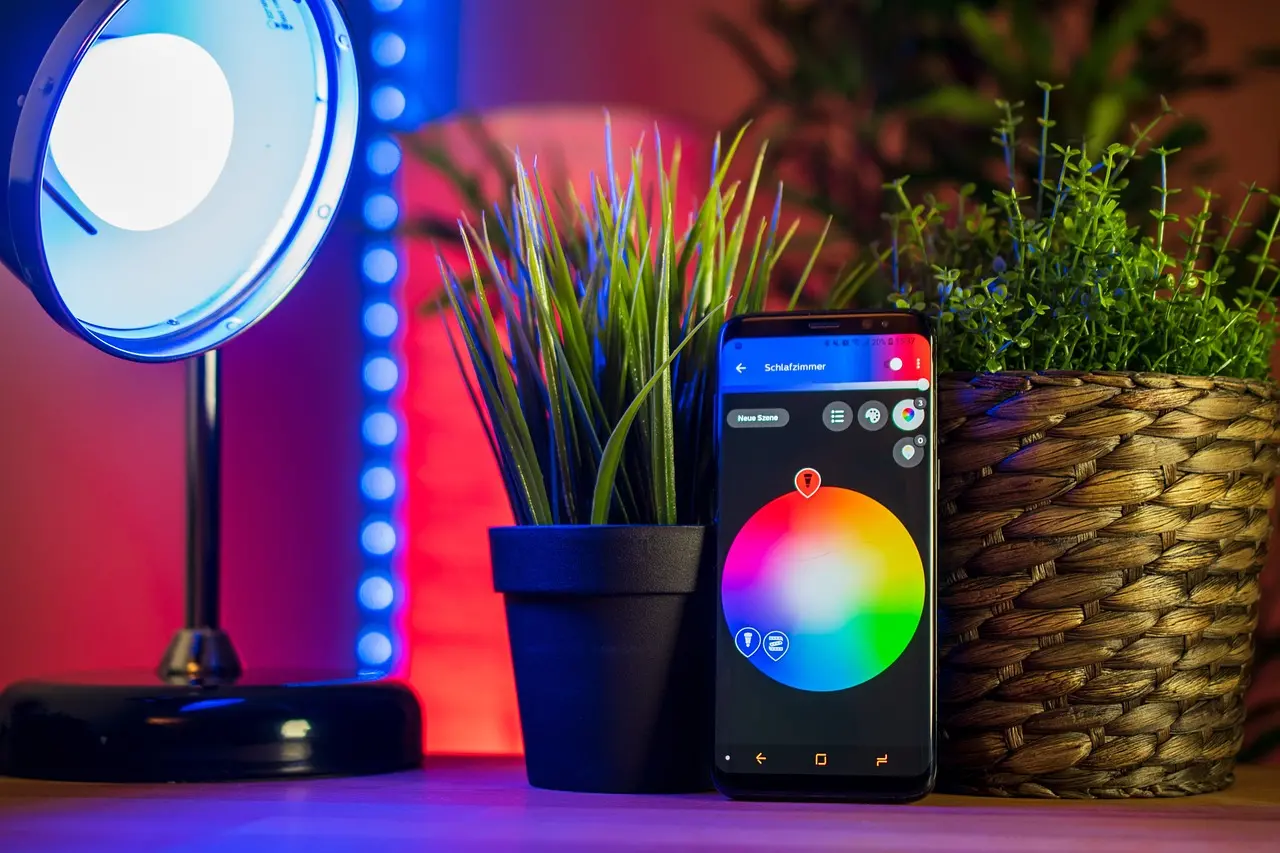
Step 1: Identify life pain points and needs
Do you often forget to turn off the lights? Are you worried about the safety of your home? Or do you want to make cleaning easier? Different needs correspond to different products:
- Want to make your home safer: choose smart doorbells and surveillance cameras.
- Pursue convenience: Purchase voice assistants, automatic curtains or smart switches.
- Desire for energy-saving life: Smart thermostats and lighting systems are the first choice.
Step 2: Determine your budget range
Smart home devices can cost anywhere from tens of dollars to thousands of dollars, so setting a reasonable budget can help you narrow down your choices. You can then purchase the devices that will have the greatest impact first and expand your system over time.
Step 3: Research ecosystems and platforms
Find out whether the product supports mainstream platforms (such as Apple HomeKit, Google Assistant, Amazon Alexa). Devices of the same brand or platform will interconnect better and operate more uniformly.
Step 4: Refer to user reviews and evaluations
Checking other users' actual usage feedback, especially the product's performance in long-term use, such as connection stability, APP experience, battery life, etc., is an important reference to help you judge the quality of the device.
Step 5: Consider the difficulty of installation and maintenance
Not everyone has installation skills. Some devices require professional installation, while others are plug-and-play. Choosing a product that suits your skill level will allow you to get started faster and enjoy convenience.
Summary:
It is not difficult to choose smart home devices. As long as you follow the five steps of "demand-budget-platform-evaluation-installation", you can accurately lock in the product that suits you. Remember, the goal of smart home is to improve your quality of life, not to increase the burden of use. Choose carefully and let technology truly serve your daily life.
